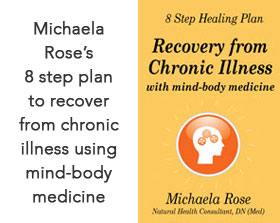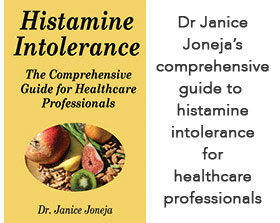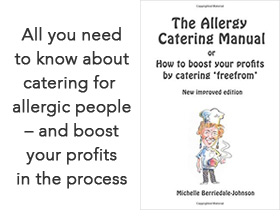|
|
Treating bee stings and identifying allergic reactions |
A company in South Africa, Pharma Dynamics, has issued a list of precautions to take following bee attacks in several parts of the country, as a result of the company’s helpline receiving a high volume of calls. Mariska Fouche, the Public Affairs Manager at Pharma Dynamics, advises not wearing bright colours or strong perfumes, in case the bees mistake you for flowers. Also avoid consuming sugary food and drinks outside. And rather than lashing out if a bee or wasp approaches, try using a leaf or piece of paper to sweep it away. With regards identifying an allergic reaction, Dr Mike Levin, Allergy Advisor to Pharma Dynamics says there will normally be a localised reaction (near the sting) involving swelling, heat or itching. Remove the sting as quickly as possible if you can see it, and apply an ice pack for 15 minutes every few hours. Oral antihistamines and analgesics may help to reduce pain and itching. In the case of a serious systemic reaction, meaning the poison in the sting will cause a reaction throughout the whole body and not just around the sting area, the person may break out in hives, wheeze, experience shortness of breath, rapid heartbeat, faintness and swelling of the lips or tongue. If any of these symptoms occur, it is important to get medical help immediately. Parents of children who are severely allergic to bee stings should get hold of an EpiPen for their emergency medical kit, get a medical tag for them to wear at all times, and consider getting venom immunotherapy from a qualified allergist to reduce the chance of anaphylaxis from a bee sting. These things should be considered for adults too. Source: Pharma Dynamics Press Release Feb 2012 First published February 2012
Click here for more research reports |










